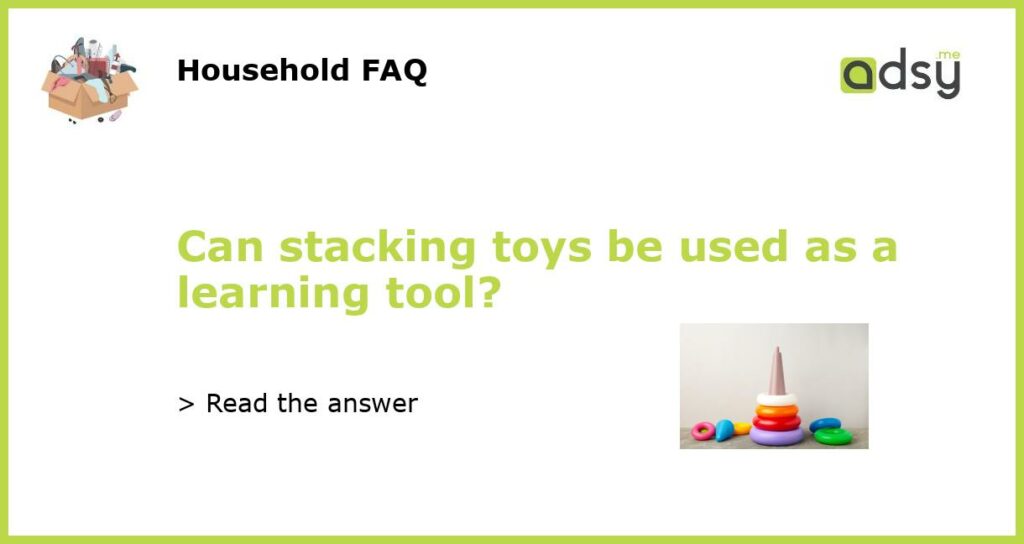Can stacking toys be used as a learning tool?
Stacking toys have been a part of early childhood education for many years. These toys are not only fun for children to play with, but they also provide numerous educational benefits. From developing fine motor skills to promoting problem-solving abilities, stacking toys can be used as effective learning tools. Let’s explore the different ways stacking toys can enhance a child’s development.
Enhancing fine motor skills
Stacking toys often require children to pick up and manipulate small pieces. This helps them develop their fine motor skills, which are crucial for tasks such as writing, drawing, and buttoning clothes. As children stack blocks or rings, they use their fingers and hands to grasp, pinch, and carefully place each piece. This not only improves their hand-eye coordination but also strengthens the tiny muscles in their hands.
Promoting cognitive development
Stacking toys also promote cognitive development in children. As they try to figure out how to assemble the pieces, they engage in problem-solving and critical thinking. They learn to analyze shapes, sizes, and weights to determine the best way to stack the objects. This process of trial and error helps children develop their reasoning skills and spatial awareness.
Encouraging creativity and imagination
Stacking toys allow children to explore their creativity and imagination. Unlike puzzles or building blocks with specific instructions, stacking toys offer open-ended play opportunities. Children can experiment with different arrangements and use their imagination to build unique structures. This type of play encourages creativity and divergent thinking, as children are free to come up with their own designs and patterns.
Developing social skills
Stacking toys can also be used as a tool to foster social skills in children. By playing with these toys together, children learn to take turns, share, and cooperate. They can work collaboratively to build structures or engage in friendly competitions to see who can stack the highest. These social interactions help children develop important skills such as communication, empathy, and teamwork.
Improving hand-eye coordination
In addition to fine motor skills, stacking toys also improve hand-eye coordination in children. As they stack blocks or rings, they need to align their movements with their visual perception. They must carefully observe the position of each piece and adjust their actions accordingly. This coordination between their hands and eyes is crucial for various everyday tasks, such as catching a ball or tying shoelaces.
In conclusion, stacking toys can indeed be used as effective learning tools for children. They enhance fine motor skills, promote cognitive development, encourage creativity and imagination, develop social skills, and improve hand-eye coordination. By incorporating stacking toys into educational activities, parents, caregivers, and educators can provide children with a valuable learning experience while they have fun playing.






